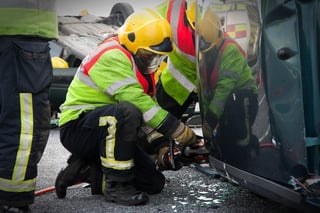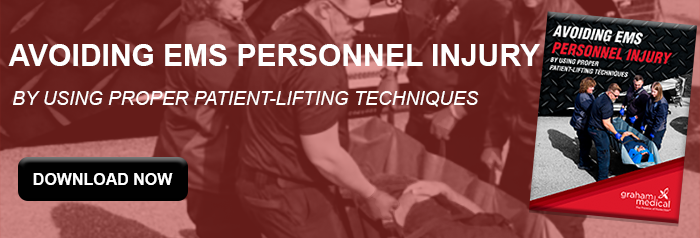 It's estimated there are 6 million vehicle crashes annually in the U.S. with more than 37,000 deaths and 2.35 million vehicle occupants sustaining injuries. These statistics highlight the need for EMS personnel to be equipped to deal with any eventuality. A key factor related to patient recovery after serious injury is the requirement to observe the "Golden Hour," that is, to get the patient to a trauma center within one hour.
It's estimated there are 6 million vehicle crashes annually in the U.S. with more than 37,000 deaths and 2.35 million vehicle occupants sustaining injuries. These statistics highlight the need for EMS personnel to be equipped to deal with any eventuality. A key factor related to patient recovery after serious injury is the requirement to observe the "Golden Hour," that is, to get the patient to a trauma center within one hour.
Risks Associated with Vehicle Extraction
Apart from injuries sustained during a vehicle accident, hazards at the crash scene such as debris, glass, and sharp objects, fire, untriggered airbags, and spilled fuel and oil represent added risks to the victim and rescuers.
It's imperative that injured occupants are assessed, stabilized and extracted as quickly and safely as possible, without aggravating injuries. EMS personnel also need to avoid being injured while tending to victims.
To increase the chances of recovery, EMS personnel should observe several do's and don'ts.
Do's of Vehicle Extraction
Upon arrival at the scene, assess and evaluate the situation, with a methodical approach:
- Be prepared: Always ensure your supplies are replenished, ready to go and you have a rehearsed plan for dealing with vehicle accidents.
- Size up the situation: When assessing the situation, identify vehicles involved, noting the location of occupants and their condition. If not first on the scene, report to the person in charge. If there are multiple victims, perform triage to determine the severity of injuries and assess priorities.
- Make vehicles safe: Before accessing vehicles, ensure they are stable, that the battery is disconnected and that they are safe to enter.
- Gain access: Working with other emergency personnel, gain access to the vehicle to assess patients.
- Assess severity of injuries: Evaluate injuries, ascertain if anyone is trapped, and stabilize those who are injured.
- Determine safest extraction method: Determine the severity of injuries and safest method of extraction.
- Protect patients: Using boards, blankets, and shields, protect patients from further injury while rescue personnel create safe exit routes.
- Transport to trauma center: Once patients are extracted, perform emergency treatment and transport them as quickly as possible to the nearest trauma center.
Essential Don'ts During Vehicle Extraction
When arriving at the scene of a serious auto accident, always be careful to observe the following:
- Don't rush-in without assessing the situation
- Don't move forward without a plan
- Don't ignore the chain of command; find out who's in charge
- Don't move patients until you have assessed their injuries and determined how to move them safely
- Don't take unnecessary risks
Proper preparation, emergency preparedness and careful planning are key elements for reducing the severity and consequences of auto injuries. Effective teamwork is vital. While your primary concern is your patients, you should work together with other first responders to identify the best way of rescuing and protecting your patients. A planned, premeditated approach to vehicle extraction improves the chances of patient survival and recovery.
Some items you should have on hand for any vehicle extrication event should include the following Graham Medical EMS products:
- MegaMover® - To cover and protect the victim from breaking glass during the extrication, as well as scalding radiator fluid or other harmful liquids and/or to transport the victim from the vehicle to the waiting ambulance.
- Absorbent Mat - To sop up vehicle liquids, blood, and other body fluids.

